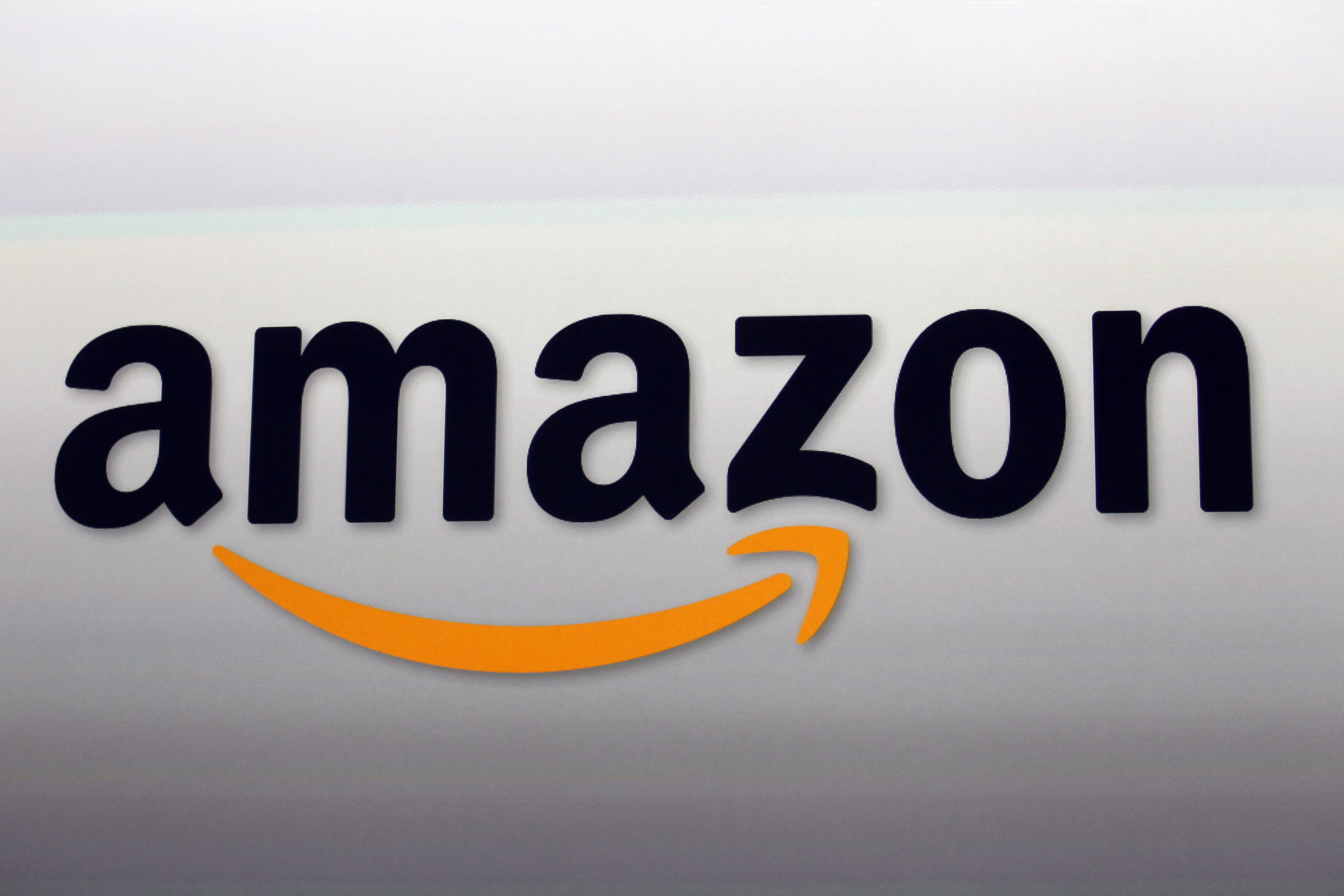Two Black executives at Amazon are leaving the company, the e-commerce juggernaut confirmed Tuesday, hours after CEO Andy Jassy named a new head for the company’s troubled retail business.
Alicia Boler Davis, a senior vice president who oversees the company’s warehouses, and David Bozeman, the vice president of the Amazon’s Transportation Services, have decided “to explore new opportunities outside Amazon,” John Felton, an Amazon executive who’s taking over the company’s operations organization, said in an email to employees. Boler Davis’ departure means there are no more Black executives on Amazon’s senior leadership team, which has been criticized for a lack of diversity.
“They scaled our operations, launched new capabilities and programs, and demonstrated relentless passion to make our operations better each and every day,” Felton said in the email.
Amazon did not give further details on the reasons behind the two executives leaving the company and neither could be immediately reached for comment.
News of their departure came following an announcement from Jassy earlier in the day that Doug Herrington will become the new CEO of Worldwide Amazon Stores, the company’s former “consumer” division that is dealing with a glut of warehouse space after a massive expansion during the pandemic. Jassy had also announced earlier Amazon’s operations organization would be united under Felton, who will manage the company’s warehouses and delivery networks and report to Herrington.
Herrington is stepping into the role after leading the company’s North American Consumer business for seven years. He replaces Dave Clark, who announced his surprise resignation from the company earlier this month after 23 years. Days later, Clark said he would join the logistics startup Flexport as its new CEO in September.
In a note to employees that was later posted on the company’s website, Jassy said Herrington “is a builder of great teams and brings substantial retail, grocery, demand generation, product development, and Amazon experience to bear,”
The change come as Jassy is looking to return a “healthy level of profitability” to the Seattle-based company amid rising costs and a slowdown in demand that has left the e-commerce behemoth with too many workers and too much warehouse space.
Amazon saw its profits soar during most of the pandemic, when homebound shoppers turned to online shopping for goods. In response, the company massively expanded its warehousing capacity.
But as COVID-19 cases eased, demand also slowed. The company now expects excess space to contribute to $10 billion in additional costs in the first half of 2022. And to mitigate some of those costs, it has reportedly been planning to end some of its leases and sublease warehouse space.
Herrington joined Amazon’s senior leadership team in 2011, six years after joining the company to build out its Consumables business, a group that focuses on consumer packaged goods. He launched Amazon Fresh in 2007.
Boler Davis joined Amazon in 2019 from General Motors, where she was also an executive. Arguably, she oversaw one of the most contentious parts of the company’s business — warehouses where workers routinely called out poor working conditions and high injury rates. The frustration led to a labor win during a union election at a warehouse on Staten Island, New York, in April. The company is currently seeking to redo the vote.
Bozeman joined Amazon in 2017 from Caterpillar, where he served as a senior vice president.

